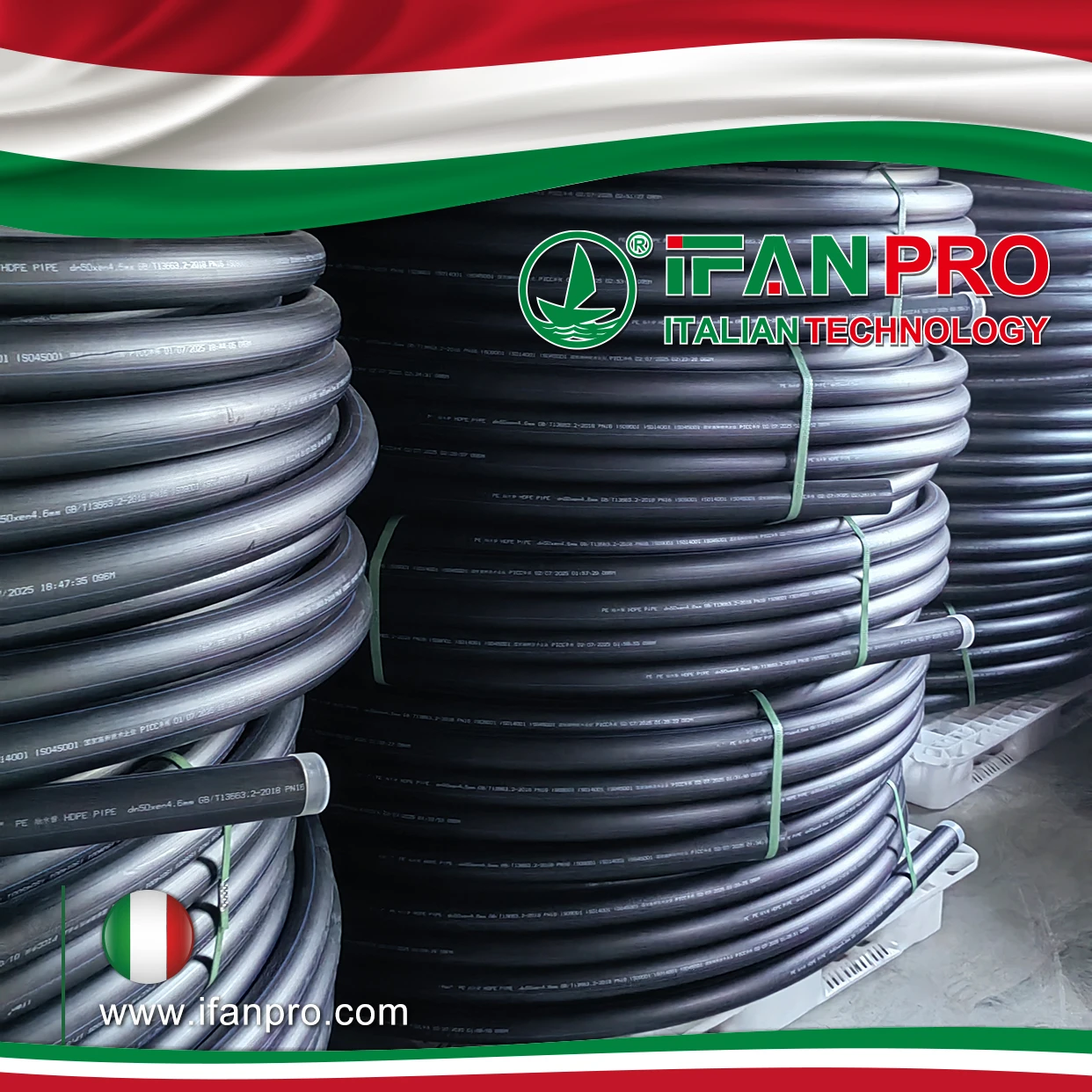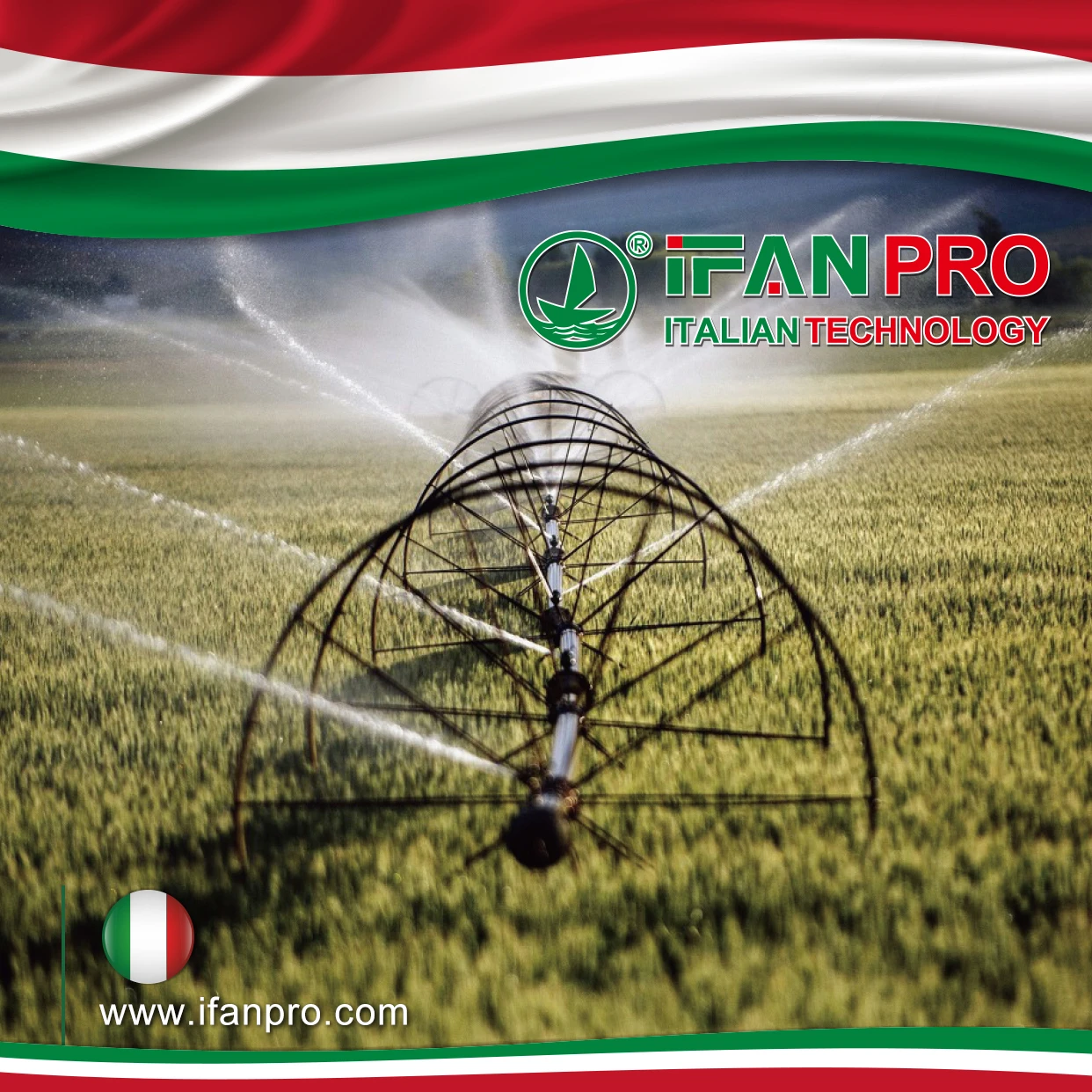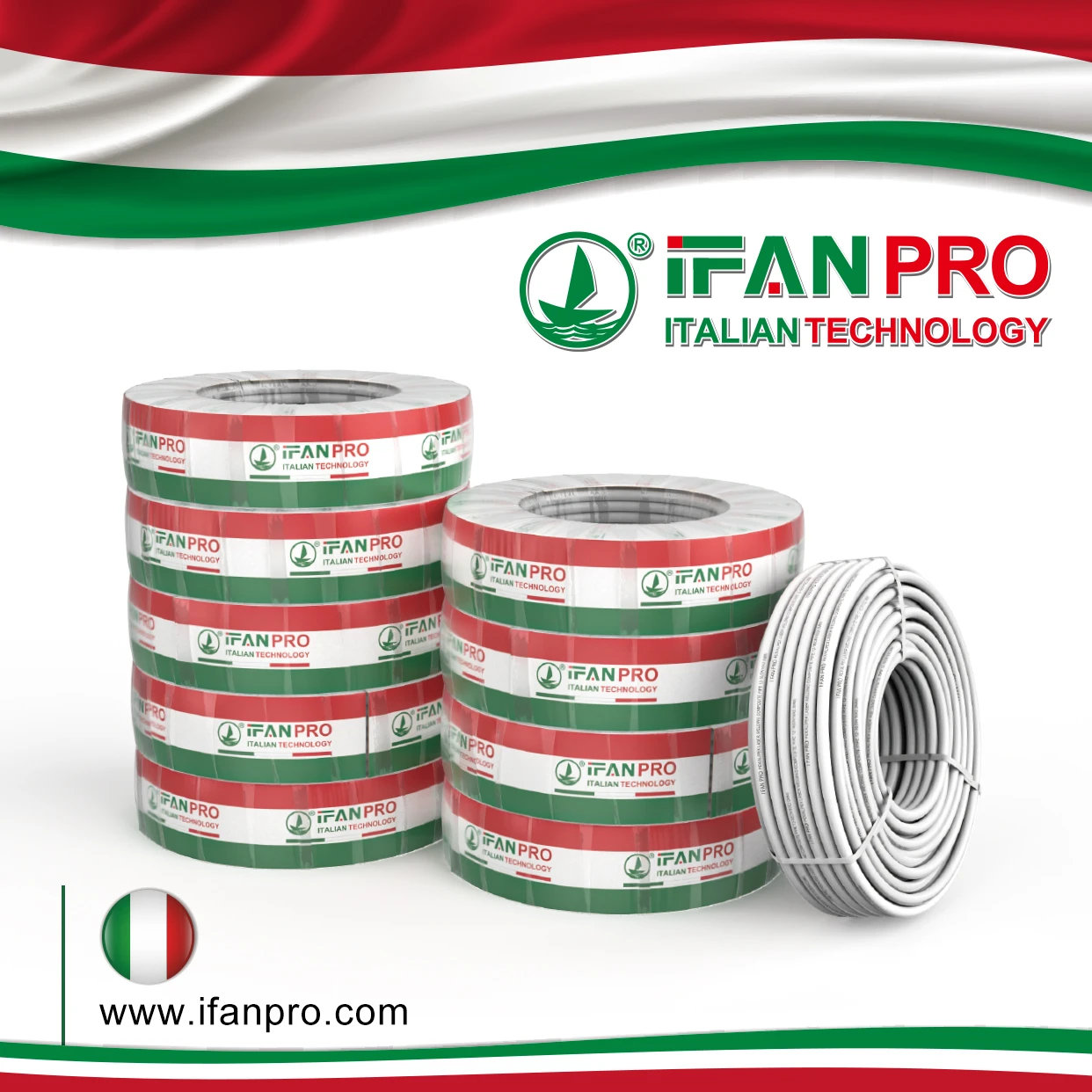While overseeing a municipal water system upgrade, I witnessed how HDPE pipes solved chronic leakage issues that had plagued the community for decades. The transformation from constant repairs to a maintenance-free system demonstrated HDPE’s remarkable capabilities in real-world conditions.
HDPE pipes offer exceptional durability, corrosion resistance, and installation efficiency that make them ideal for water supply systems. These characteristics translate into reliable long-term performance, reduced maintenance costs, and superior lifecycle value compared to traditional piping materials like metal or concrete.
Understanding HDPE’s unique advantages helps water system designers and operators make informed decisions. Furthermore, recognizing how these benefits interconnect creates compelling value propositions. Now, let’s explore the specific reasons why HDPE stands out for water supply applications.
How Does HDPE’s Exceptional Durability Ensure Long-Term Water System Reliability?

After a major earthquake damaged various infrastructure systems in our region, HDPE water lines remained intact while adjacent concrete and metal pipes suffered multiple failures. This real-world stress test demonstrated HDPE’s superior durability under extreme conditions.
HDPE’s exceptional durability stems from its high-density molecular structure, which provides exceptional toughness, fatigue resistance, and flexibility. These properties allow HDPE pipes to withstand pressure surges, ground movement, and environmental stresses that would damage alternative materials, ensuring continuous water service through challenging conditions.
Durability Mechanisms
HDPE’s reliability originates from several inherent material properties. First, its high density polyethylene structure creates an extremely tough material that resists impact and abrasion. This toughness proves particularly valuable during installation and when pipes encounter shifting soil conditions or external pressure.
Additionally, HDPE demonstrates remarkable fatigue resistance, enabling it to withstand repeated pressure cycling that would cause metal fatigue in traditional pipes. This characteristic is crucial for systems experiencing frequent flow variations or water hammer effects, significantly extending service life compared to alternative materials.
Furthermore, HDPE’s flexibility allows it to withstand ground movement and settlement without failing. Unlike rigid pipes that crack under stress, HDPE can deform significantly and return to its original shape. This flexibility makes it ideal for areas with seismic activity, unstable soils, or changing ground conditions.
Long-Term Performance Evidence
Extensive field data supports HDPE’s durability claims. For instance, pressure testing shows HDPE can withstand surge pressures up to 150% of its rated pressure without damage. Additionally, case studies document HDPE pipes surviving earthquakes where rigid piping systems failed. Moreover, properly installed HDPE systems routinely exceed 50-100 year service life expectations with minimal degradation.
What Installation Advantages Make HDPE More Cost-Effective Than Traditional Pipes?

During a rural water extension project, our crew installed HDPE piping 40% faster than the scheduled timeline for traditional materials, saving significant labor costs while maintaining superior quality standards. The installation efficiency surprised even our most experienced pipe layers.
HDPE’s installation advantages include lightweight sections that reduce handling equipment needs, long coil lengths that minimize joints, and fusion welding that creates leak-free systems. These factors collectively reduce labor requirements, equipment costs, and installation time, delivering substantial cost savings while enhancing system integrity.
Installation Efficiency Factors
Several characteristics make HDPE installation uniquely efficient. The material’s lightweight nature significantly reduces handling costs – HDPE pipes weigh approximately 8 times less than comparable diameter ductile iron pipes. This weight advantage translates into smaller crews, lighter equipment, and faster placement.
Furthermore, availability in long coils reduces joint count. Where traditional materials require joints every 20 feet, HDPE coils up to 1,000 feet long dramatically reduce connection points. Since joints represent potential leak points and require significant labor, minimizing them enhances both efficiency and reliability.
Most importantly, heat fusion welding creates monolithic, leak-free systems. The butt fusion process joins pipe sections into a continuous system stronger at the joints than in the pipe itself. This eliminates the gaskets, thrust blocks, and mechanical joints required for alternative materials, saving both time and materials.
Cost Comparison Analysis
Comprehensive project analyses reveal consistent HDPE advantages:
| Cost Factor | HDPE System | Traditional Pipes | Savings Advantage |
|---|---|---|---|
| Material Handling | Minimal equipment | Cranes, heavy equipment | 60-70% lower |
| Joint Installation | 5-10 minutes per fusion | 30-45 minutes per mechanical joint | 75% faster |
| Leak Testing | Minimal leaks typically | Often requires repair | Near zero vs. 5-10% |
| Restoration | Less surface disruption | Extensive excavation | 30-50% less |
Why Does HDPE Provide Superior Corrosion and Chemical Resistance for Water Supply?
In a coastal community where saltwater intrusion had decimated metal pipes within years, the HDPE replacement system showed no degradation after a decade of service. This demonstrated HDPE’s remarkable resistance to corrosive environments that destroy traditional materials.
HDPE provides superior corrosion and chemical resistance because its non-polar polymer structure doesn’t react with electrolytes that cause metallic corrosion. This inherent resistance eliminates rust, scaling, and electrochemical degradation, maintaining water quality and flow characteristics throughout the pipe’s service life.
Corrosion Resistance Mechanisms
HDPE’s corrosion resistance operates through several mechanisms. As a thermoplastic polymer, HDPE contains no metallic components susceptible to galvanic or electrochemical corrosion. This makes it immune to the rust and scale formation that plagues iron pipes and reduces carrying capacity over time.
Additionally, HDPE’s chemical inertness prevents reactions with aggressive soils, acidic water, or treatment chemicals. Unlike metal pipes that can leach harmful ions or react with disinfectants, HDPE maintains water purity without contributing tastes, odors, or contaminants.
Furthermore, HDPE resists biological growth and mineral deposition due to its smooth interior surface. The non-stick characteristics prevent biofilm formation and scaling that can harbor bacteria and reduce hydraulic efficiency in other pipe materials.
Application Advantages
This resistance creates significant advantages in challenging environments. For aggressive soils, HDPE eliminates the need for protective wrapping or cathodic protection required for metal pipes. In mining and industrial areas, it withstands chemical contamination that degrades alternative materials. For water treatment plants, HDPE remains unaffected by chlorine, coagulants, and pH adjustments that corrode metal pipes.
How Can HDPE Pipes Reduce Maintenance Costs Throughout Their Service Life?
A municipality tracking maintenance costs discovered their HDPE water systems required 85% less maintenance spending compared to their ductile iron networks of similar age and service conditions. This dramatic cost difference prompted a system-wide material specification change.
HDPE pipes reduce maintenance costs through leak-free joints that eliminate seepage losses, corrosion resistance that prevents wall thinning and failure, and flexibility that withstands ground movement without damage. These characteristics collectively minimize repair frequency, emergency response needs, and system downtime throughout the pipeline’s extended service life.
Maintenance Reduction Mechanisms
HDPE minimizes maintenance through several interconnected advantages. The leak-free fusion joints prevent the water loss and ground saturation issues that plague mechanically joined systems. Since joints represent the most common failure points in piping networks, eliminating this vulnerability dramatically reduces repair frequency.
Additionally, HDPE’s corrosion resistance prevents the wall thinning and pitting that gradually weakens metal pipes until failure occurs. This eliminates the progressive deterioration that necessitates scheduled replacement of corrosion-prone materials, extending functional service life significantly.
Furthermore, HDPE’s abrasion resistance maintains wall thickness in sandy or gritty water conditions that erode metal pipes. This preserves hydraulic capacity and structural integrity in applications where other materials require regular replacement due to wear.
Lifecycle Cost Analysis
Comprehensive cost assessments demonstrate HDPE’s financial advantages:
| Cost Category | HDPE System | Traditional Pipes | Long-Term Advantage |
|---|---|---|---|
| Repair Frequency | 0.5% annually | 3-5% annually | 85-90% reduction |
| Water Loss | Near zero | 10-20% typical | Significant savings |
| System Downtime | Minimal | Frequent service interruptions | Continuous operation |
| Replacement Cycle | 50-100 years | 20-50 years | Extended service life |
Conclusion
HDPE pipes deliver exceptional value for water supply systems through their unique combination of durability, corrosion resistance, installation efficiency, and minimal maintenance requirements. These characteristics translate into reliable long-term performance, reduced lifecycle costs, and superior system reliability compared to traditional piping materials, making HDPE the optimal choice for modern water infrastructure projects.













Recent Comments